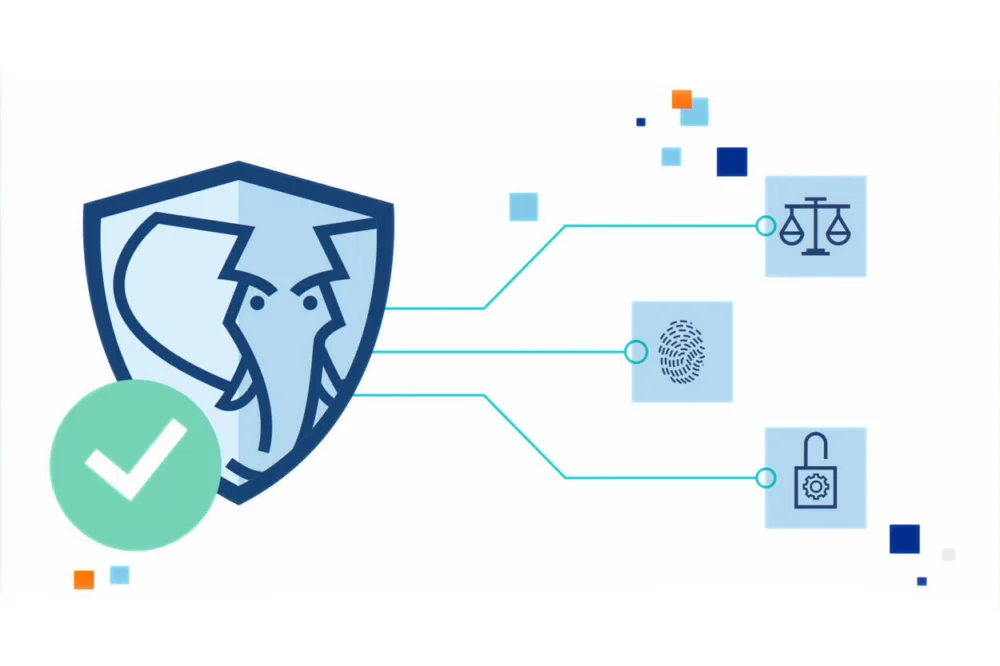Architecture
Our vision of Architecture
Architecture must contribute quickly and efficiently to organizational goals. Where architecture in the past often got bogged down in striving for completeness, wanting to do everything at once and to make the whole reality transparent, our vision is that the architecture function must deliver architecture “just in time” and “just enough.” The key for architects is to prioritize on today's demand so that architecture can contribute quickly to pressing issues. Therefore, it is important not to let architecture become an end in itself.

The design and implementation of architecture requires a development-oriented approach, because architecture is not the same for any organization and each organization has its own needs and requirements that architecture must meet. When implementing architecture, whether this is setting up the architecture function or supporting projects and programs with architecture, Highberg always looks at the needs of the organization and which methods, techniques and best practices fit this need.
Architecture as a steering tool!
Organizations can only embed architecture as a steering tool if it is also part of the organization's steering model. Setting up architecture governance, the decision-making about products but also about proposals that are made, is therefore as important as the architecture products themselves. An important aspect of the architecture function is achieving consistency in the governance of the IV, both internally and externally. In this regard, communication is crucial. Communication requires a shared framework of concepts, consultation structures and “pictures” such as chain plates.
An additional issue is the landing and support of the architecture function with the board and management of organizations. When setting up the architecture function, Highberg therefore establishes a direct relationship with the context (why are we doing this) and objectives of the organization and works this into the “language” of the board and management. This ensures that board members and directors feel connected and can assess the architecture function and working with architecture for its added value to the organization.
Highberg believes that the architect should be able to act independently towards the organization and its technology suppliers. It is precisely this independence that ensures that goals from the business remain feasible and achievable, but that the organization does not allow itself to be sold lemons for lemons by the technology suppliers.

A Highberg client story
Highberg reviews Business Case Hansken for Police organization
The Dutch Police have been using the digital forensic platform Hansken since 2015. This platform was developed by the NFI and enables the Police to search and analyze large amounts of seized data carriers. This often involves potentially valuable data within large-scale and complex investigations.
Architecture and agile
More and more organizations are making the transition to agile working. The question remains whether you should do more or less with architecture. Our answer is that architecture, and its interpretation by a good architect, is and remains important. Especially in large agile organizations, it is important to organize architecture across all teams by providing frameworks, guidelines and support. In doing so, architecture should be an integral part of the planning events and architecture should prioritize on the agreements made there plans based on results achieved.
What can we do?

